May 24 2017
Monday – Boat Washing & Tuesday – Steady State & Training Planning
Monday – Boat Washing
I was hesitating if I should take a rest day or not after the races, but during the working day on Monday I made the decision to rest. Four times 1k in one weekend is not a very heavy training load, but you add to that the stress of boat transport, race management, and other things and then it is understandable why I didn’t feel like training much.
The plan changed when I made a phone call with our club’s president who reminded me that we had agreed to row in the eight on Monday. OK. So I was going to make an exception for training in the eight. We haven’t had a single session with the complete line-up and I haven’t rowed in the eight a single time, having work travel interfere. The race is on June 3. Actually, I personally tried to persuade the team that it doesn’t make sense to row this race. Part of the team is undertrained. Some of them haven’t really managed their weight, and some of them have injuries. I did reject an offer from a faster eight out of club loyalty, but this year the eight has not been a good experience.
I decided to head to the club earlier than our 6pm agreed time and get my boats off the trailer and prepare them for the next few weeks of training. That means washing, checking, and jotting down equipment replacement items that I need to purchace at the next occasion.
6pm. Three of the eight had arrived.
6:30pm. Seven out of the eight had arrived, but we could row if the cox would row and one of our Juniors could cox. Unfortunely, the Junior’s mother did not allow that. The guy had to be at home doing homework.
7pm. I drove home.
In the evening I took a detailed look at the programs for Bled (World Masters Regatta) and Trebon (Czech Masters Open), because the weekend in Hodonin had resulted in some offers and requests. Oh, the days when coaches made line-ups! Now, as a Master, it is a complex dance of who wants to row with whom, which combination would be fast, and keeping track of half and full promises made, as well as the actual race schedule. Also, you can be sure that in parallel other rowers are exploring options, so there is no time to wait for the best offer. For me personally, club loyalty, personal sympathies and speed potential are almost equal parameters in the equation.
Tuesday – Steady State
I didn’t sleep well, was up very early, so I decided to row early and have more time for a session before work than usual. The training plan had “Race SPM+2” intervals, but driving to the rowing club I considered swapping this for a longer steady state session. I had done enough of sprinty work (at race pace) over the weekend and I knew that the eight training on Wednesday (if there would be one) would be biased to doing speed work as well (although that will be very painful speed work when you haven’t done base rowing together). I want to respect a rough 80/20 division of base work versus high intensity work. Finally, my legs were very clearly not recovered from the weekend activities. As our rowing club is on a hill, putting out the sculls you climb and descend a bit and that is always a good moment to “feel” how recovered you are. Not recovered.
So Steady State it was going to be. It turned out to be a great session. A gray morning, back on my home lake, lots of race moments from the past weekend to replay in the mind, and relatively flat water, so working on boat run would be possible.
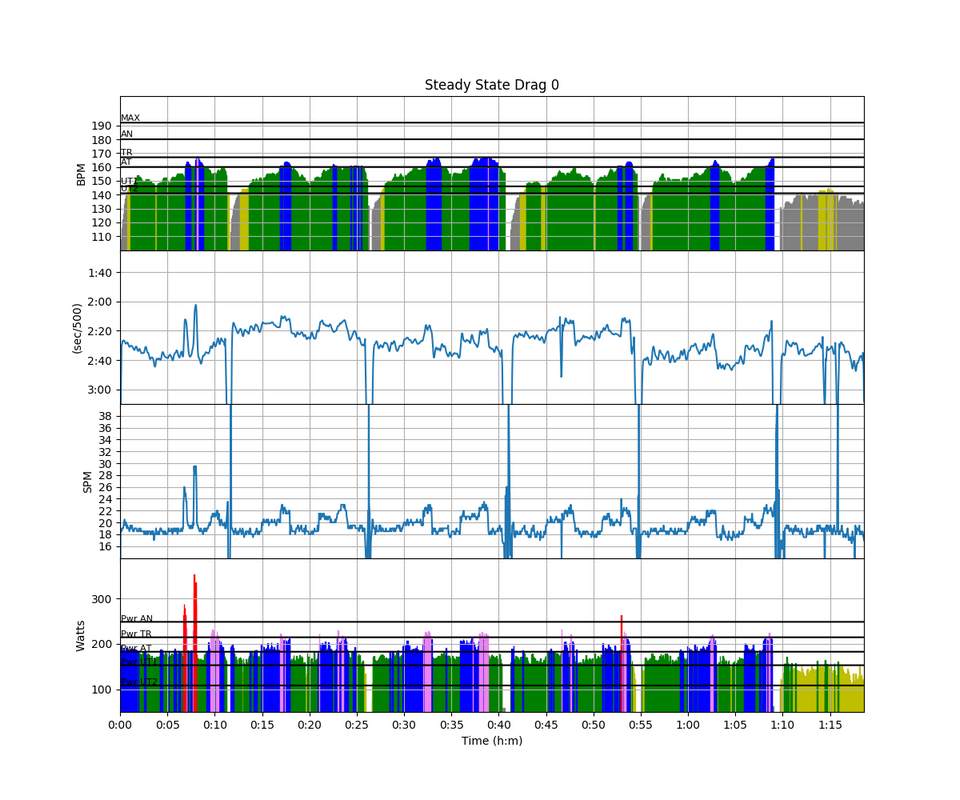
I did 6 minute rate ladders (3′ @ 18 / 2′ @ 20 / 1′ @ 22), which fit nicely into the 13 minute, 3km lake. Did 4 full lake lengths, plus 2km warmingup and 2km cooling down. Some metrics plots with self-explanatory comments:
And here is how this session (the last box) compares with comparable sessions over the past month, for a few metrics:
The session on April 23 was an Indoor Rower workout which I accidentally added to the selection. Instead of redoing all the plots, I decided to leave the data there. Just for fun, I decided to look at heart rate vs distance for all those sessions:
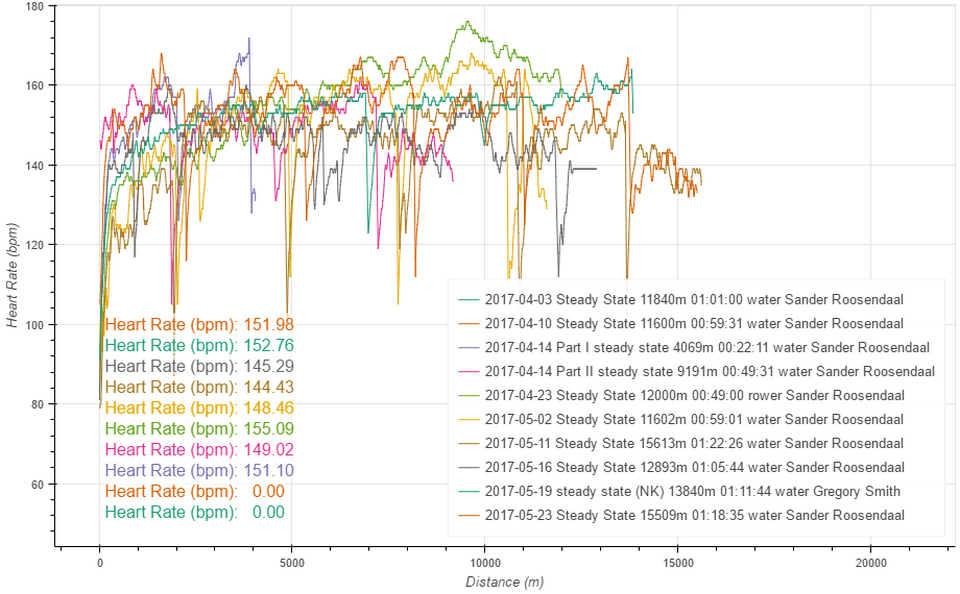
Doing this from the Team page on Rowsandall.com, I accidentally added a workout by Greg Smith into the mix (sorry Greg). It’s a little bit a “bowl of spagetthi chart”. I think these comparisons are easier when you pick two sessions.
Training Planning
I have spent my car driving time catching up with the excellent rowing training science podcasts from bRowShow and that inspired me to take a critical look at how I am doing this season, and evaluating if I need to change the training blocks in the run-up to the Czech Masters Open (middle July) and Worlds Masters Regatta (early September).
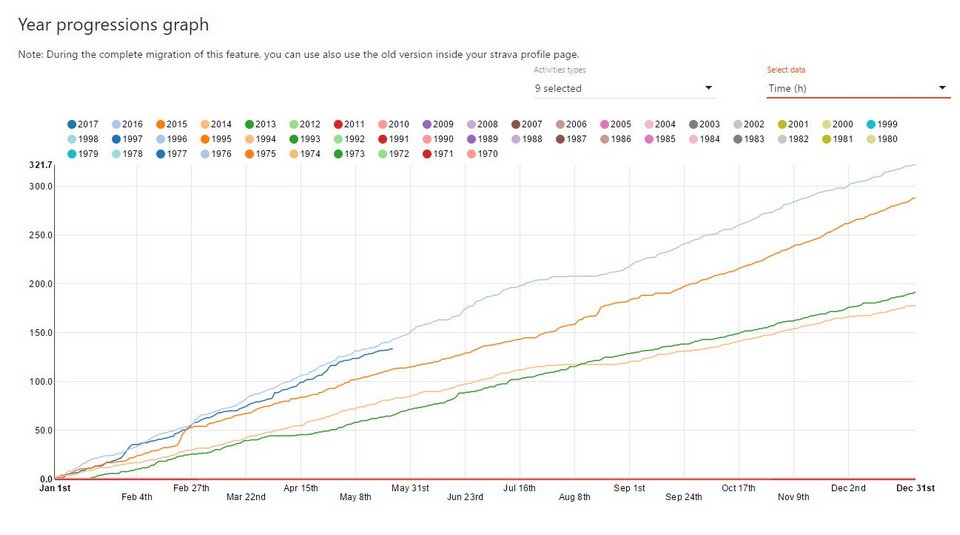
This first plot is from Stravistix, and it shows training volume (in hours) vs date for the past few years. This is quite a fun plot, because it falsifies my feeling that I am doing less volume than last year. In terms of hours trained, the numbers are quite comparable.
Here is how my training load and performance looks on SportTracks.mobi:

And here is an equivalent graph from the desktop version of SportTracks:
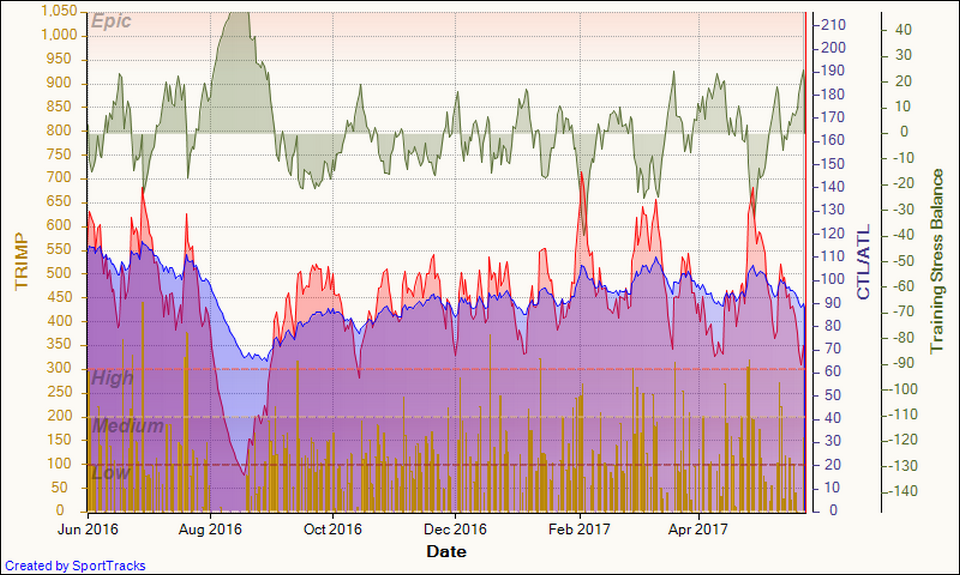
And here is the Stravistix version:
It’s interesting to see how much difference a slightly different setting of the integration constants makes. So my Cumulative Training load and Accute Training load seem to be lower than a year ago, but the Performance is similar? Interesting. I guess the races will prove this, but it is true that I don’t feel like I am slower than a year ago. It is also interesting to see that even though Stravistix tells me that my training hours, YTD, are quite similar, the training load numbers of the two SportTracks versions are more in line with my feeling that I am doing less volume. The training load number for Stravistix suggests that this year is a copy of 2016.
Anyway, it is what it is. I cannot magically add training volume in the next couple of weeks. So this is the state of my training bank account and now I have to decide how to invest in the coming few weeks. Here is roughly how I am going to do it (and feel free to critique):
10000 feet view
June – Anaerobe Capacity / Anaerobe Power
July – Explosive Power, Lactate Tolerance, Speed
August – Repeat
Week level view
Week 21-22 – Lactate Production
Week 23-25 – Threshold Training (using lactate as fuel)
Week 26-28 – Lactate Tolerance and Speed
Week 29-30 – Cross Training, Lactate Production (away from rowing water) – and rethink training plan
Week 31-33 – Threshold
Week 34-36 – Lactate Tolerance and Speed
Of course, this is just what I am doing in the 20%. The rest will be base steady state, technique, cross-training. We’re going to spend 2 weeks in the mountains on vacation. I am going to lobby for taking the mountainbikes, because I think that the MTB could be a nice way to do short interval bursts (riding uphill).
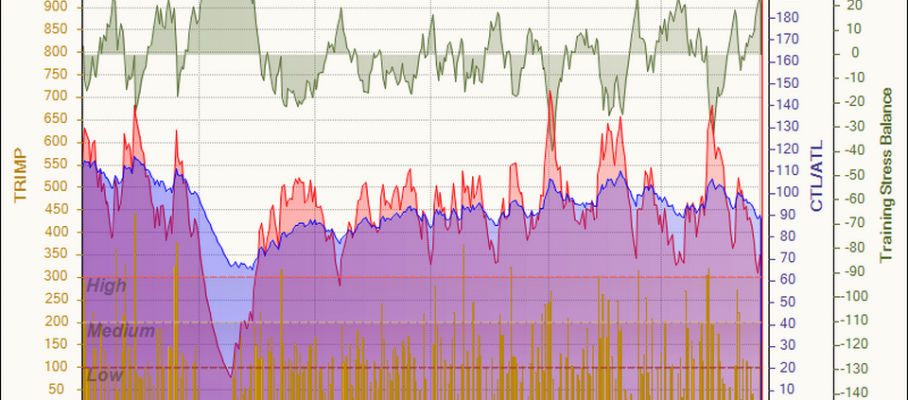
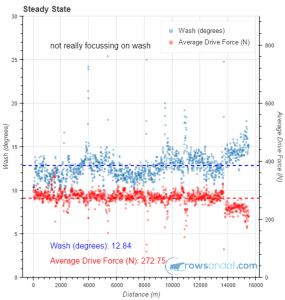
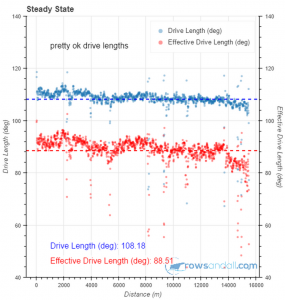
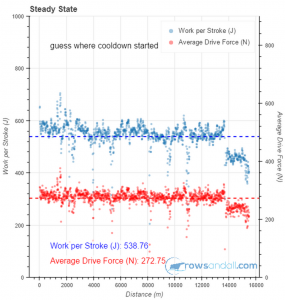

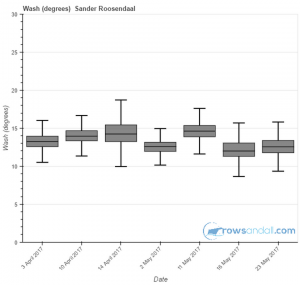
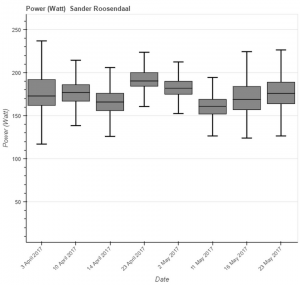
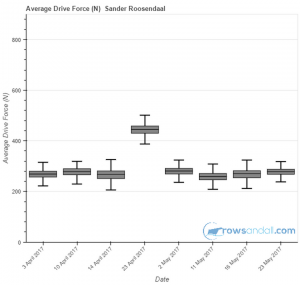
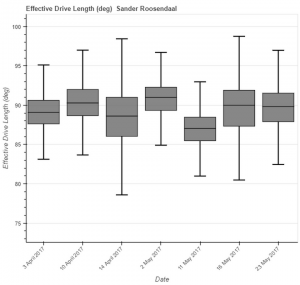
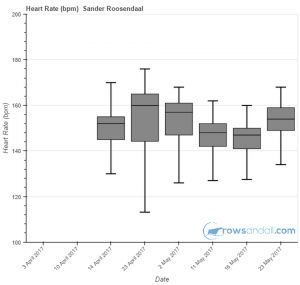
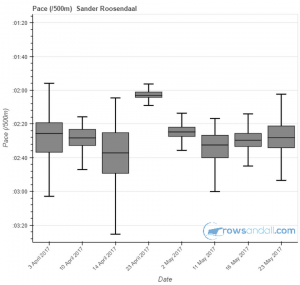
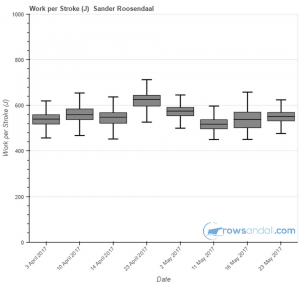
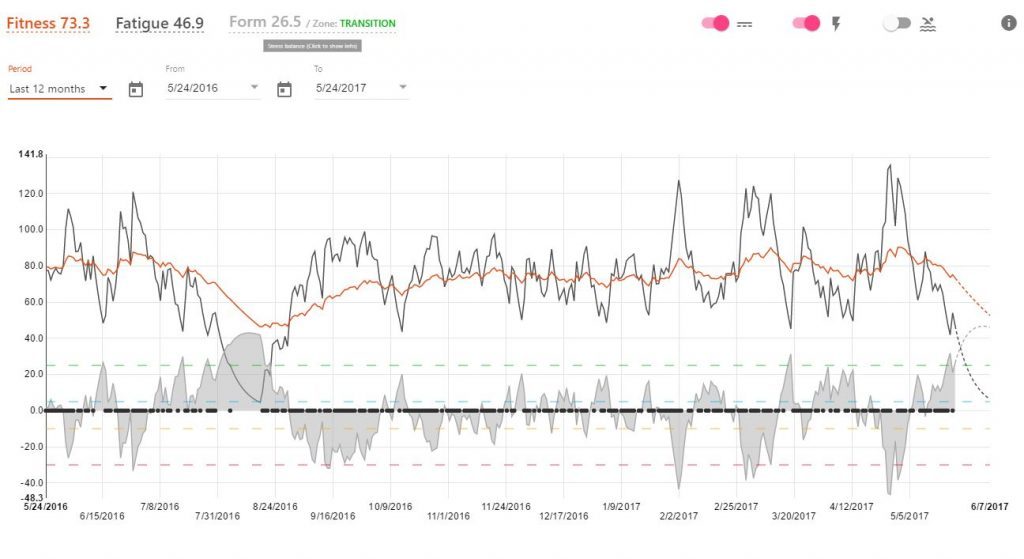
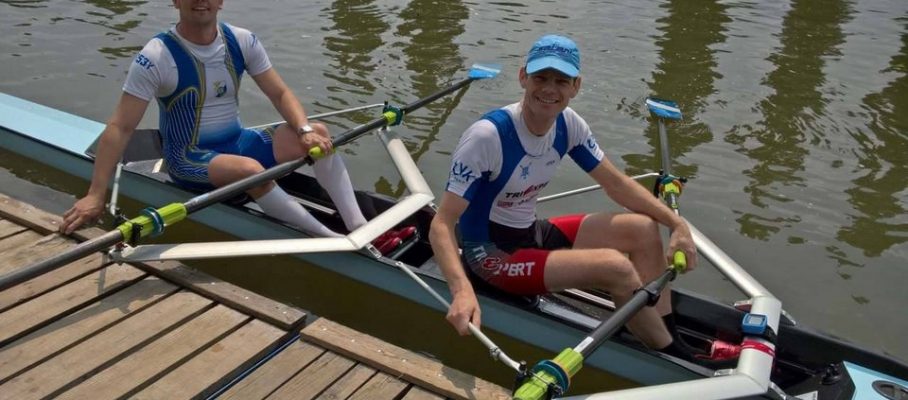
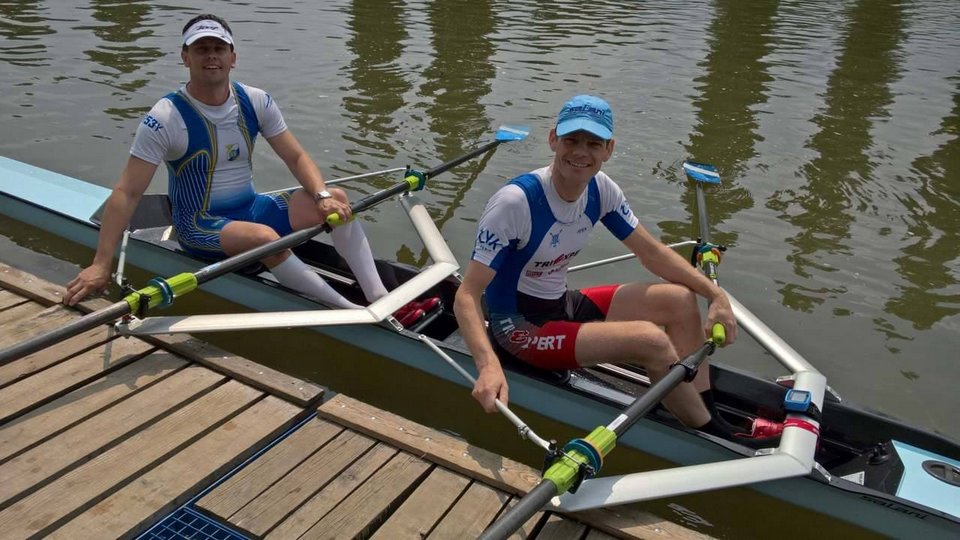
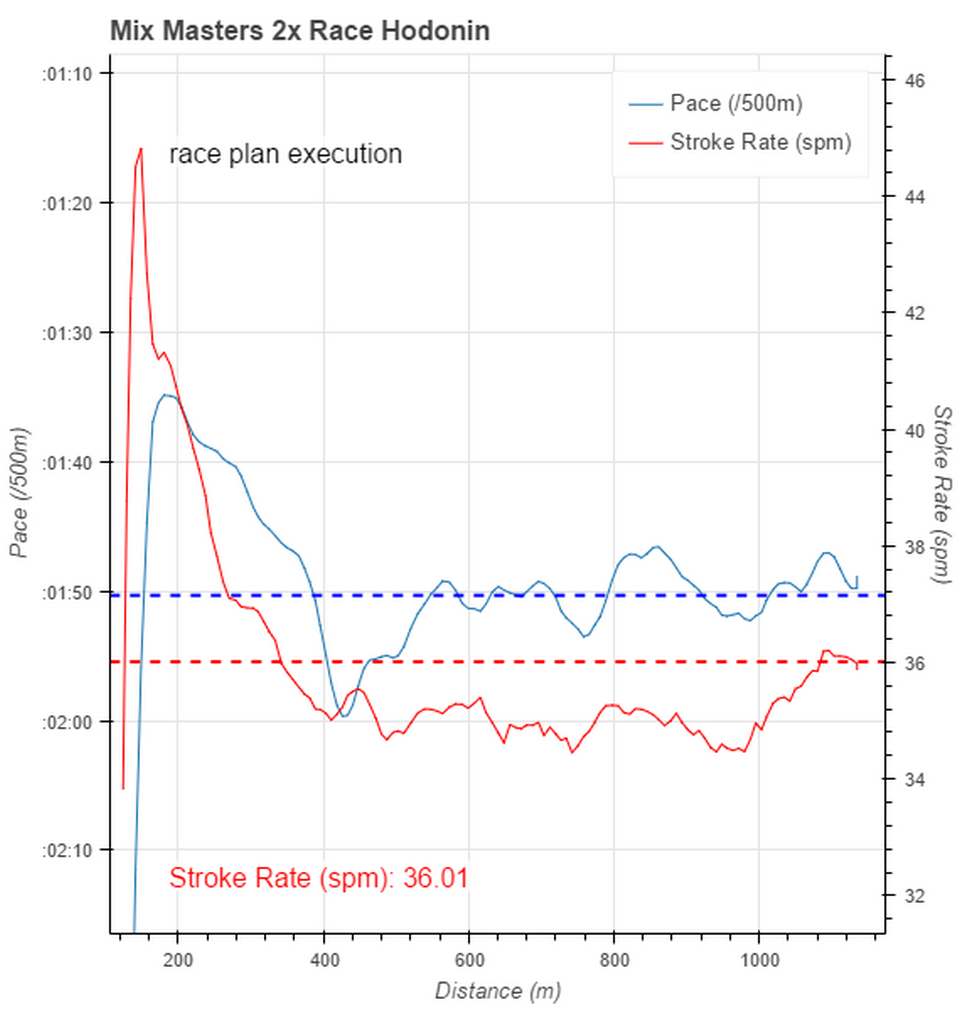


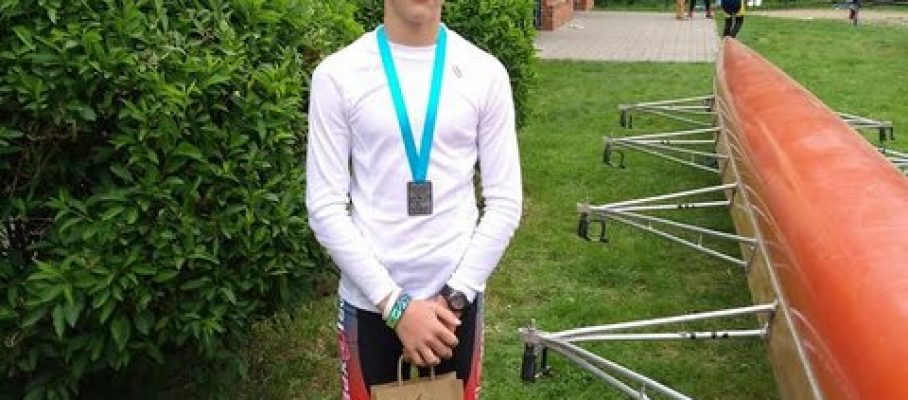
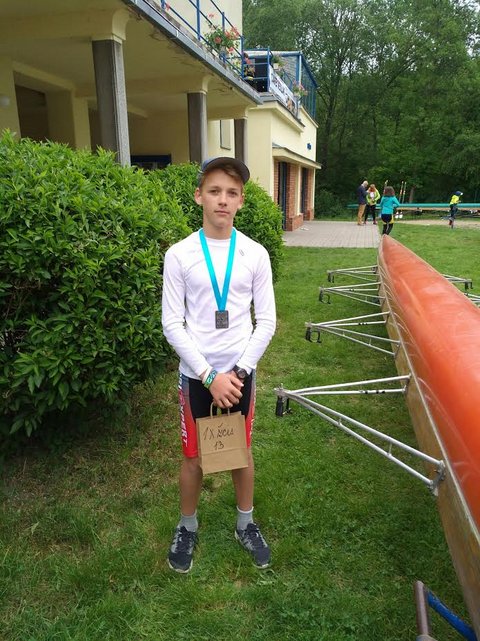
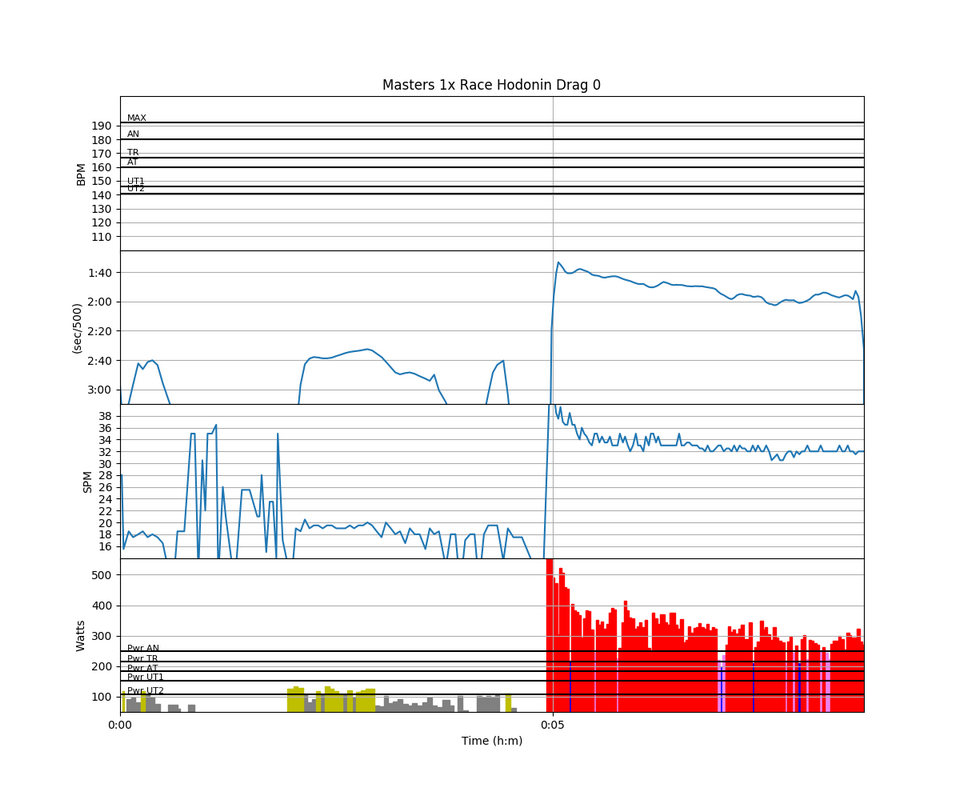
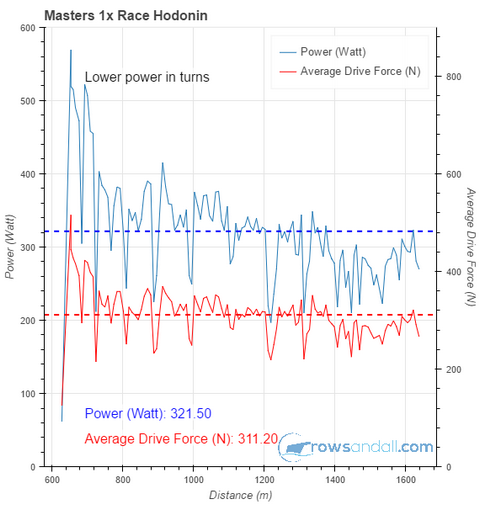
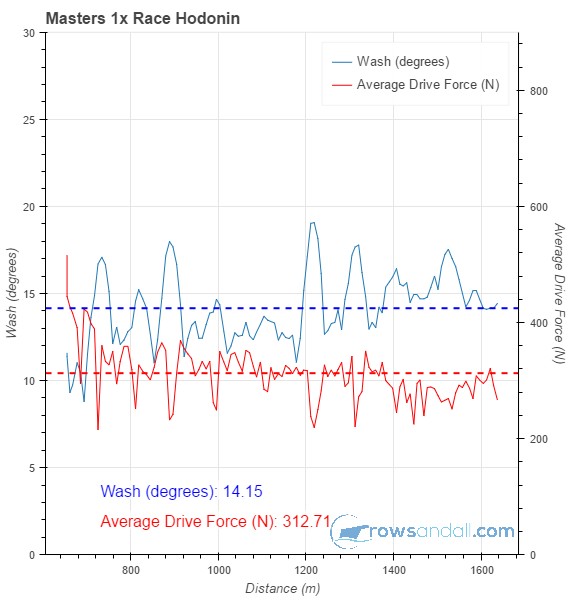
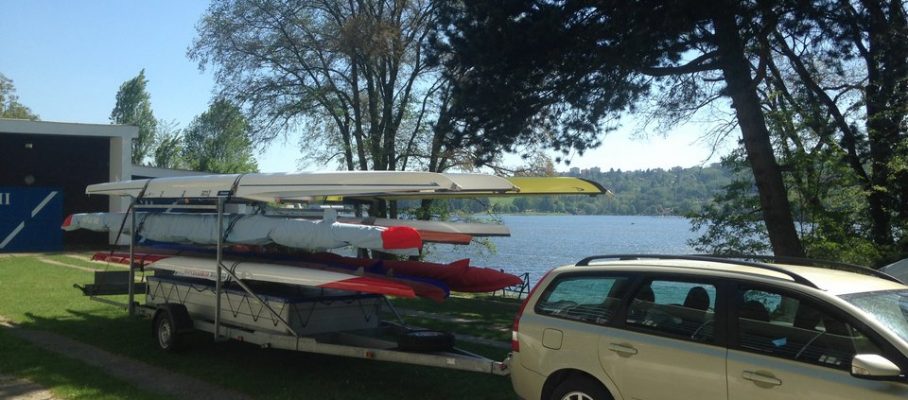
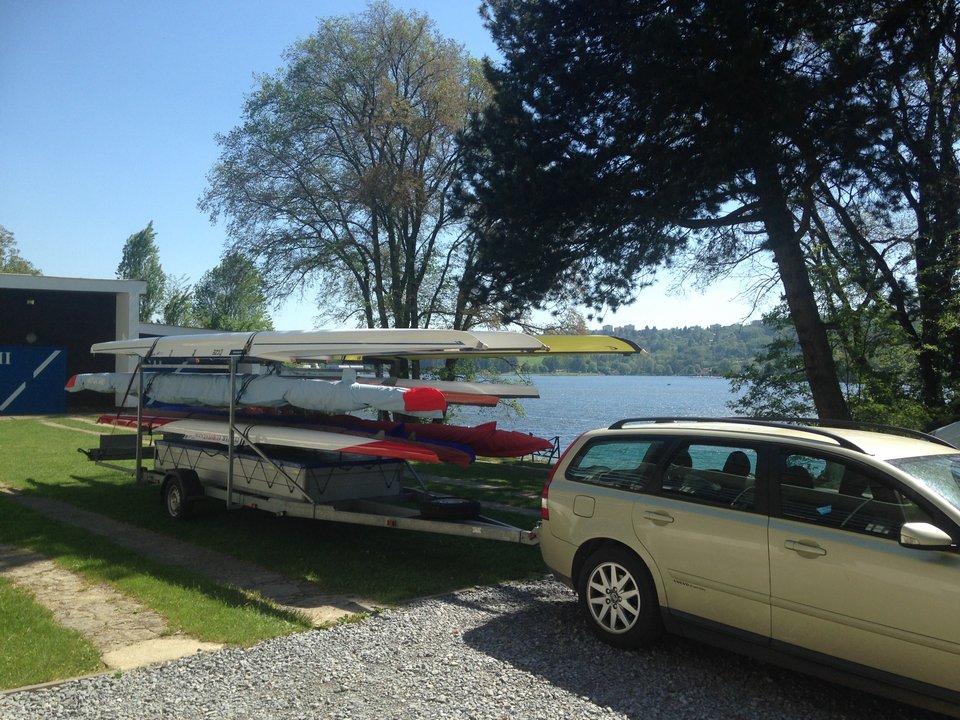
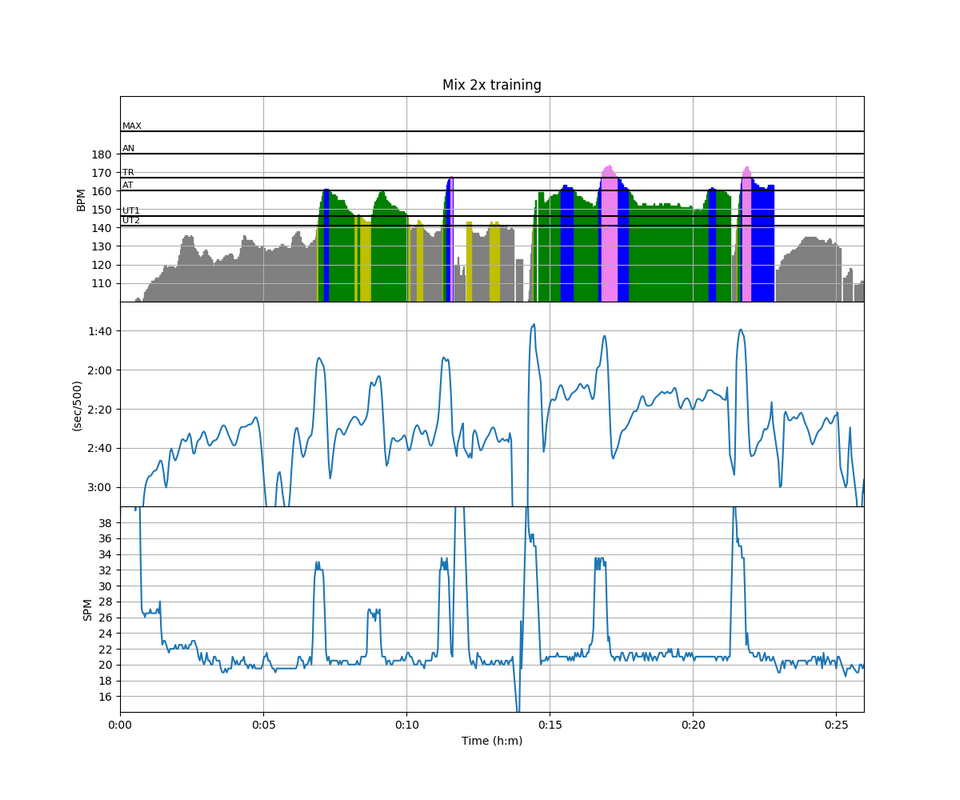
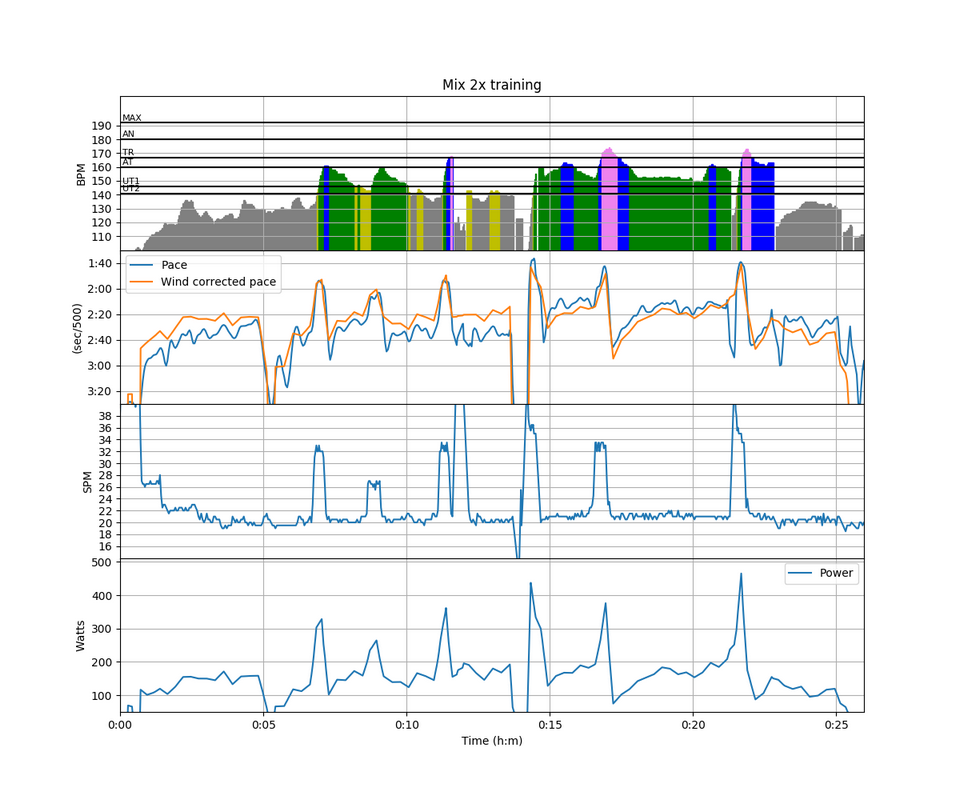
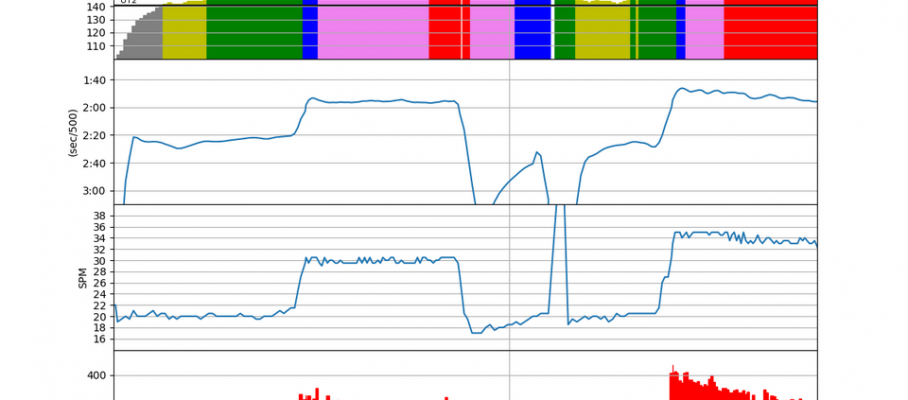
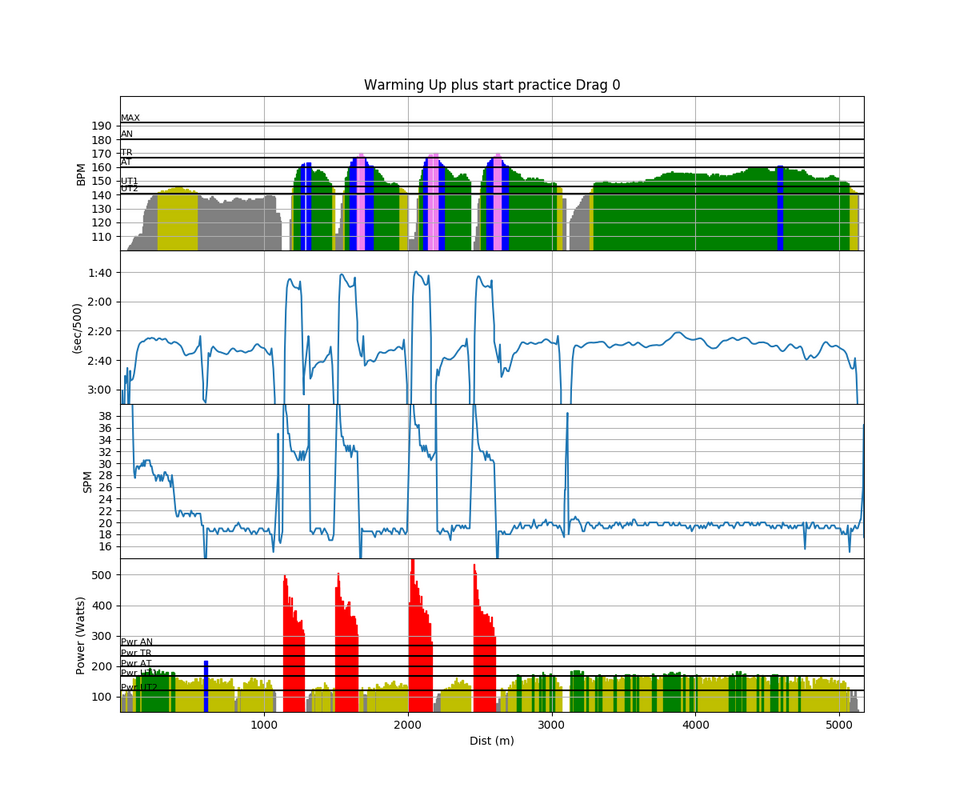
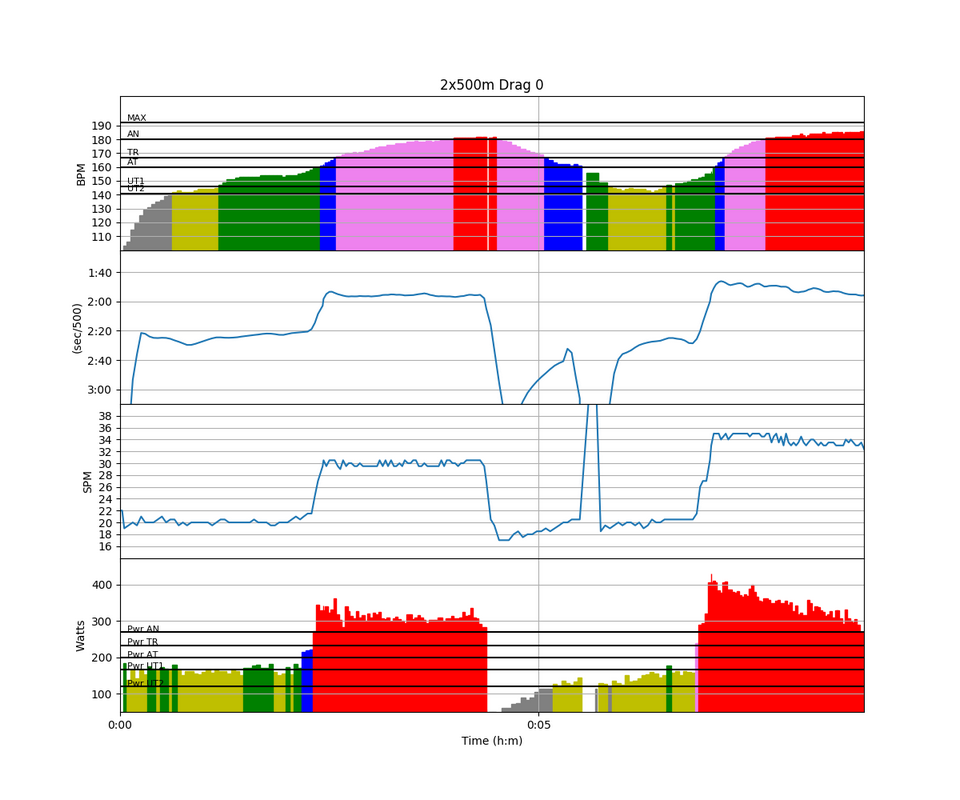
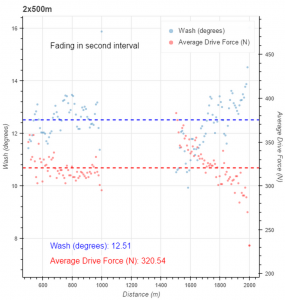
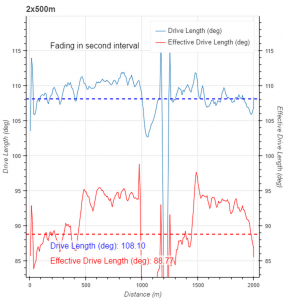
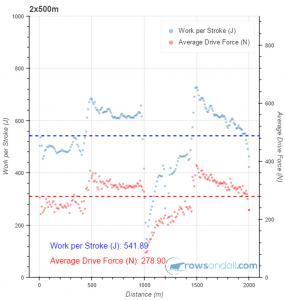
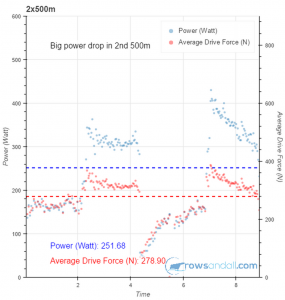
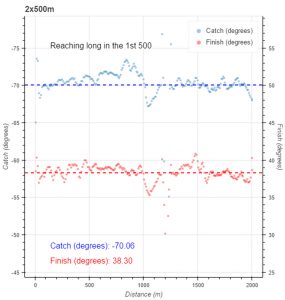
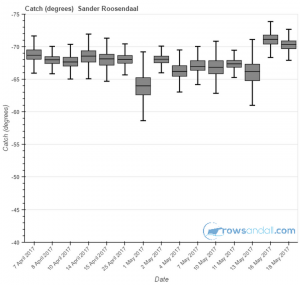
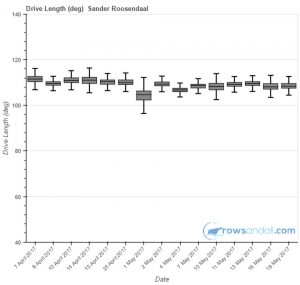
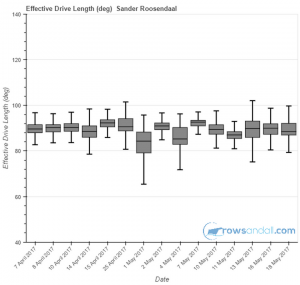
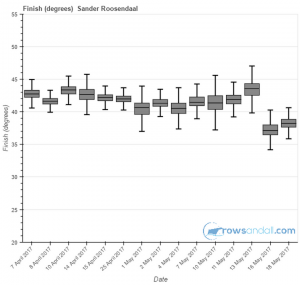
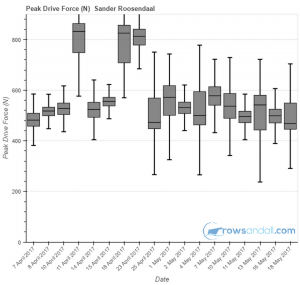
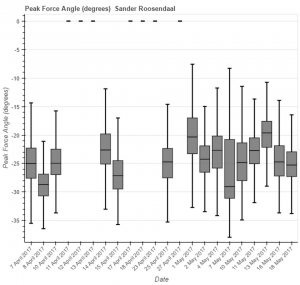
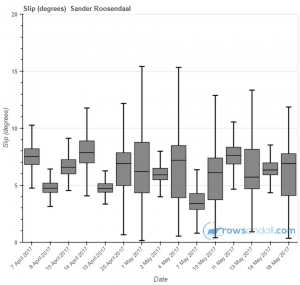
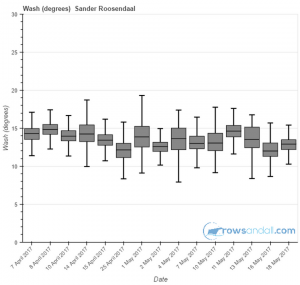
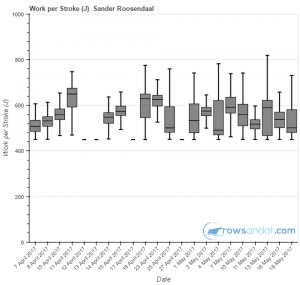
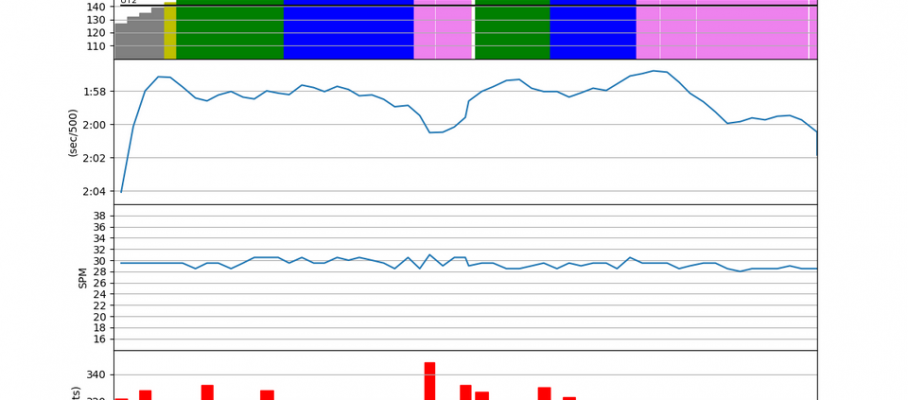
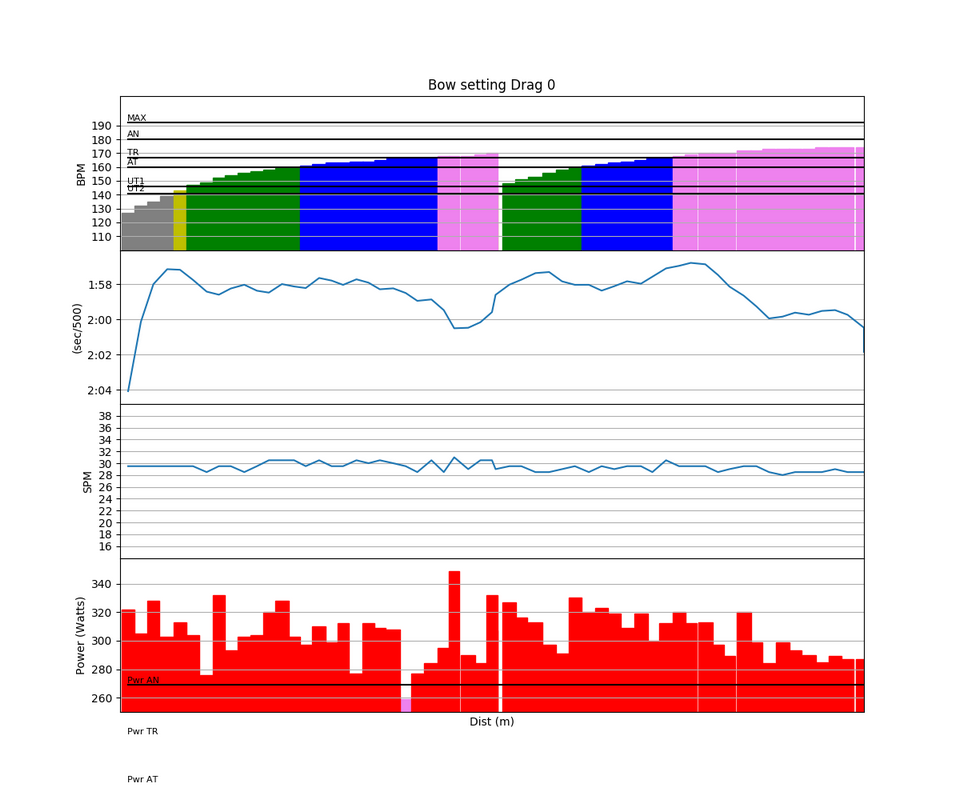
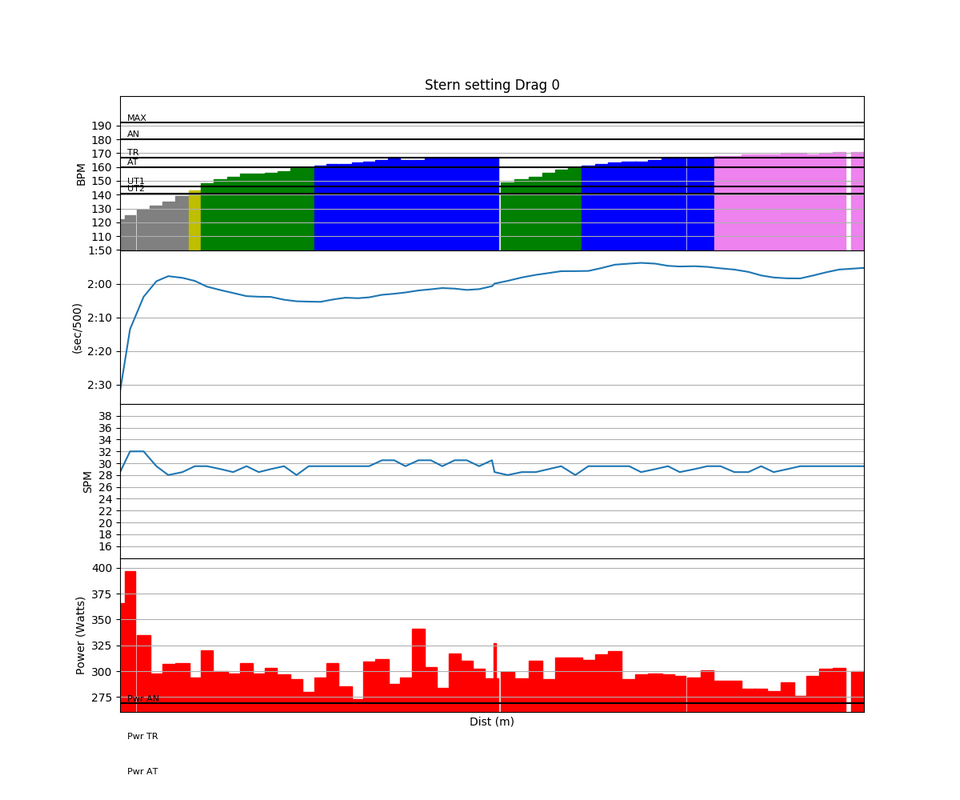
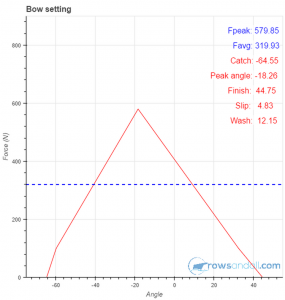
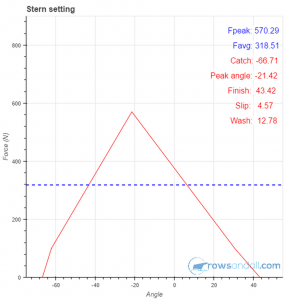
May 24 2017
Pretty good session in the eight
As Greg correctly pointed out, combining big boat rowing with a job is harder than combining it with a single. Today was no exception.
My boss was out of town, so I had to moderate a 5pm to 6pm conference call with our headquarters in Phoenix. I also had a training in the eight from 6:30. So I would either have to tell the crew that I come late or find another way. Left the office at 4pm. Made it throught the traffc with just 10 minutes to spare and set myself up in one of the bedrooms at the rowing club.
All good, except that the juniors switched on the music in the gym just below this room. And to make matters worse, two rowers started a loud discussion right in front of the window. At least the US colleagues took it with humor and content-wise the review was fine.
There was a lot of wind on the lake and especially in the first 30 minutes of the outing we were in big waves. There is just 45 minutes of rowing recorded, but we spent another 20 minutes of “discussion time”. We basically rowed up and down the quietest part of the lake doing 25 stroke and 50 stroke “race pace” pieces and practicing starts. It was better than I expected and there was real progress during this hour.
By sanderroosendaal • Uncategorized • 1 • Tags: 8+, eight, OTW, race prep, rowing